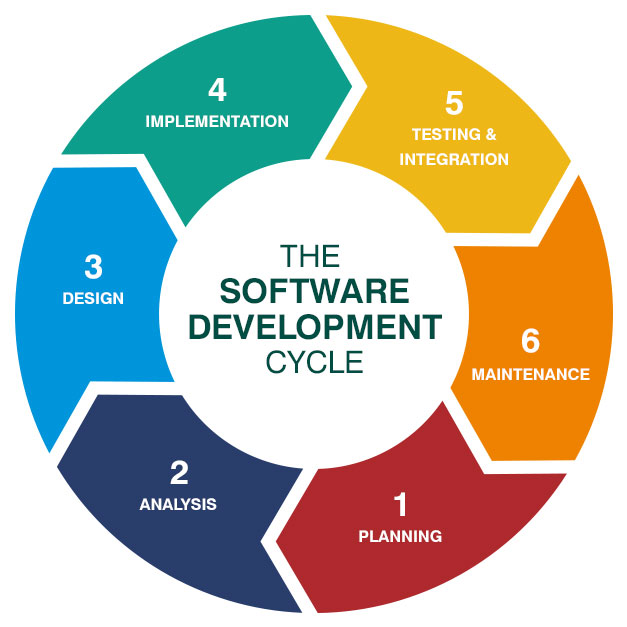Requirements for the developed software products (SP) are determined at this stage. For most projects, this step is very important. At this stage a joint project team is created and Project Managers are appointed, both from the developer's side and from the client's side. Moreover, at this stage of the project, besides business analysts, all categories of team personnel participating in the project are already working.
At this stage, a contract for a pre-project study is concluded, which ends with creating technical documentation, consisting of a Technical Design Document (TDD), Project Plan and Test Plan, as well as proposed terms and cost of implementation.
In the work course, a detailed analysis of the functional requirements, the existing IT landscape, security, data migration issues, integration of the future solution with external subsystems, selection of appropriate technological tools for development, analysis of the timing, cost, licensing component of the project, the possibility of future modernization, support options and costs.
After completing the requirements analysis and approval of the technical documentation, the project team can move on to the next stage of development - product design.



